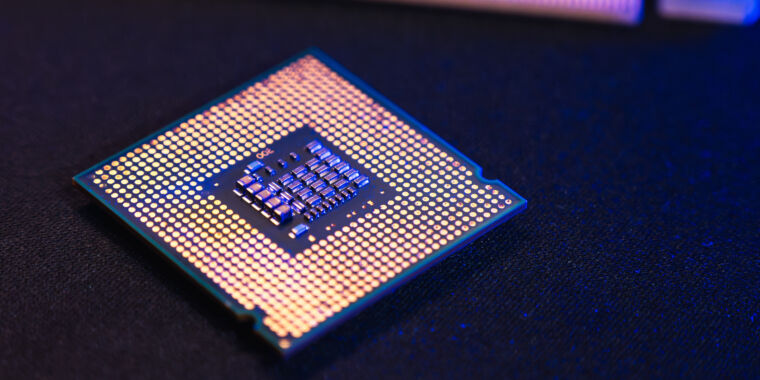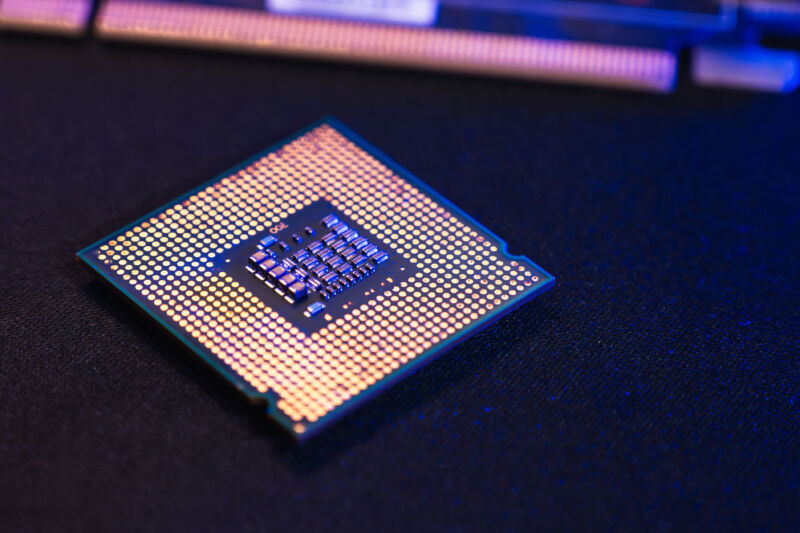China’s plan to dominate legacy chips globally sparks US probe
Under Joe Biden’s direction, the US Trade Representative (USTR) launched a probe Monday into China’s plans to globally dominate markets for legacy chips—alleging that China’s unfair trade practices threaten US national security and could thwart US efforts to build up a domestic semiconductor supply chain.
Unlike the most advanced chips used to power artificial intelligence that are currently in short supply, these legacy chips rely on older manufacturing processes and are more ubiquitous in mass-market products. They’re used in tech for cars, military vehicles, medical devices, smartphones, home appliances, space projects, and much more.
China apparently “plans to build more than 60 percent of the world’s new legacy chip capacity over the next decade,” and Commerce Secretary Gina Raimondo said evidence showed this was “discouraging investment elsewhere and constituted unfair competition,” Reuters reported.
Most people purchasing common goods don’t even realize they’re using Chinese chips, including government agencies, and the probe is meant to fix that by flagging everywhere Chinese chips are found in the US. Raimondo said she was “fairly alarmed” that research showed “two-thirds of US products using chips had Chinese legacy chips in them, and half of US companies did not know the origin of their chips including some in the defense industry.”
To deter harms from any of China’s alleged anticompetitive behavior, the USTR plans to spend a year investigating all of China’s acts, policies, and practices that could be helping China achieve global dominance in the foundational semiconductor market.
The agency will start by probing “China’s manufacturing of foundational semiconductors (also known as legacy or mature node semiconductors),” the press release said, “including to the extent that they are incorporated as components into downstream products for critical industries like defense, automotive, medical devices, aerospace, telecommunications, and power generation and the electrical grid.”
Additionally, the probe will assess China’s potential impact on “silicon carbide substrates (or other wafers used as inputs into semiconductor fabrication)” to ensure China isn’t burdening or restricting US commerce.
Some officials were frustrated that Biden didn’t launch the probe sooner, the Financial Times reported. It will ultimately be up to Donald Trump’s administration to complete the investigation, but Biden and Trump have long been aligned on US-China trade strategies, so Trump is not necessarily expected to meddle with the probe. Reuters noted that the probe could set Trump up to pursue his campaign promise of imposing a 60 percent tariff on all goods from China, but FT pointed out that Trump could also plan to use tariffs as a “bargaining chip” in his own trade negotiations.
China’s plan to dominate legacy chips globally sparks US probe Read More »




